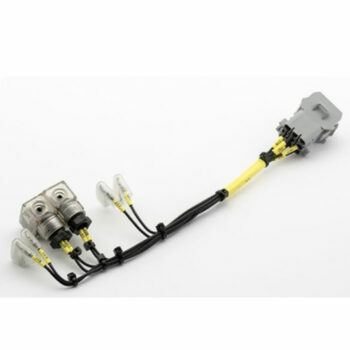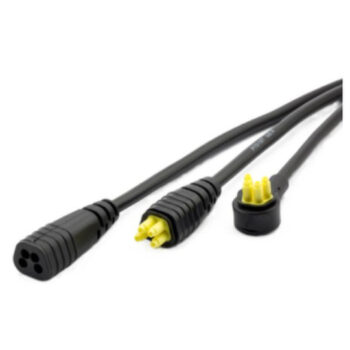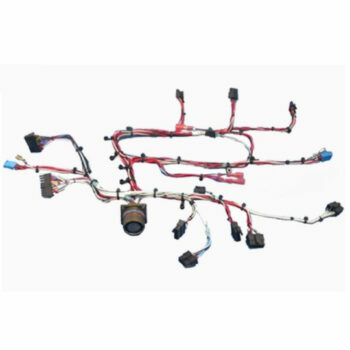Introduction
Cable assemblies, wiring harnesses (or wire harnesses) and wiring looms are all terms that are used interchangeably. However, they are in fact very different and it is these differences that dictate how they are used. Whilst it is true that all three have similarities in that they transfer electronic power or data signals between two points while also ensuring the wiring is kept tidy, as you will see below each option has its own unique features and benefits.
Firstly, one area which is sometimes misunderstood but is quite an important step in understanding the three wiring systems is the differences between a wire and a cable. A wire is a single conductor made up of a single or multiple strands of conductive material, usually Copper or Aluminium, which is protected by a non-conductive sheath generally made from thermoplastic. A cable is a collection of wires, usually with different coloured sheaths for easy identification, that are bound together inside an external cover. Again, this is an insulator made from material such as rubber or thermoplastic.
We will now look at the various wiring systems individually to highlight the differences between cable assemblies, wiring harnesses and wiring looms.




